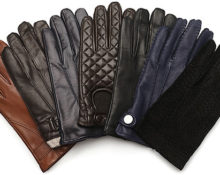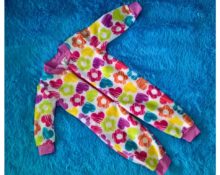Children need gloves even more than adults: their skin is more delicate, and an active lifestyle with a constant desire to touch everything requires special hand warming.. Despite the fact that mittens are most often the children's option, many, for one reason or another, buy gloves for their child.

But how not to make a mistake? After all, children grow quickly, and each time you will have to purchase a larger accessory, without the opportunity to match the previous one. In the meantime, gloves should neither restrict movement, nor squeeze the wrists, nor fall off the hands.
Standard sizes of children's gloves

In Russia and other CIS countries It is generally accepted that the size of a glove is the circumference of a person’s palm in its widest part: at the base of the four fingers, but not including the thumb. That is, if the measuring tape showed 10 centimeters, then in post-Soviet countries this will correspond to glove size 10. If the number of centimeters is not the same, then you should round the number up.
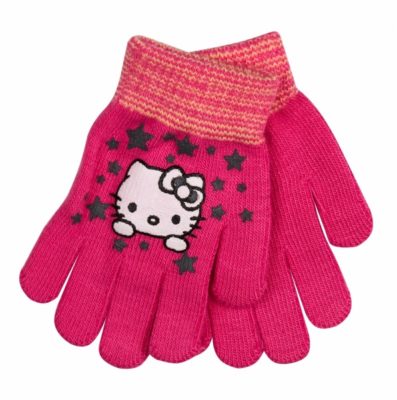
Traditionally, children's gloves include up to size 17 (or up to 19–20, if you include teenage options in the line).
How to determine the size of children's gloves for purchase in an online store
The international line of glove sizes differs from the Russian one, so in many online stores the data will differ from the usual numbers. Before choosing gloves for your child, you need measure his palm, find out the Russian size, and then correlate it with the international one using a special table.
Sometimes the websites indicate not the size of the product, but the age for which they are intended.
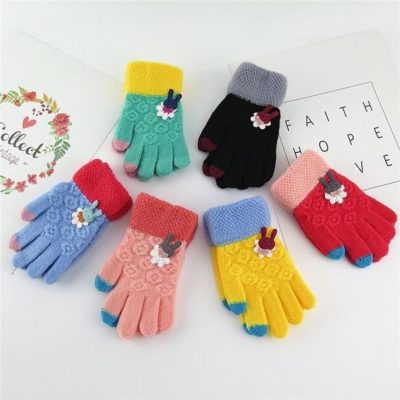
This is a less accurate indicator due to the uneven growth of children, but some manufacturers use it. To avoid mistakes, you need to estimate the expected size of gloves using several systems and compare the results: they must match at least approximately. If there is a noticeable difference between them, then the choice should be given to the larger option, since in case of a mistake, you can leave the accessory for the time when the baby grows up.
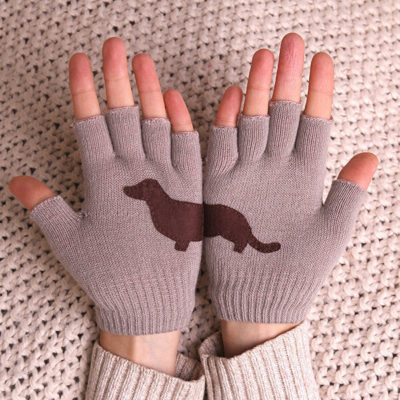
Approximate relationship between age and glove size
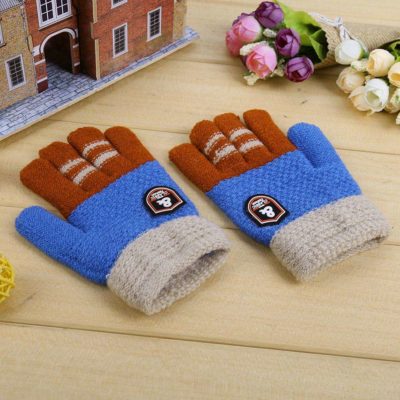
If there is no way to measure your palm (for example, an accessory is chosen as a gift), then, despite the fact that all children grow and develop differently, on average you can rely on age when determining the size (Russian/international):
- 0–6 months: 10 / –
- 6–12 months: 11 / 0
- 1–2 years: 12 / 1
- 2–3 years: 13 / 2
- 4–6 years: 14 / 3
- 7–8 years: 15 / 4
- 9–10 years: 16 / 5
- 11–12 years: 17 / 6.
- 13–14 years old: 18 / 6
- 15–16 years old: 19 / 7
- 17 years: 20 / 8.
But you cannot blindly rely on general data, because the size depends not so much on age, but on the individual physical characteristics of the child.You can take your child’s old gloves and imagine how much bigger the new ones must be. Based on this, you can understand whether the general information should be trusted or whether there are deviations, and if there are any, take them into account.
Children's gloves size chart
The comparison table allows you to compare the circumference of the child’s palm and the corresponding Russian, European and international glove sizes, and will also help you focus on age.
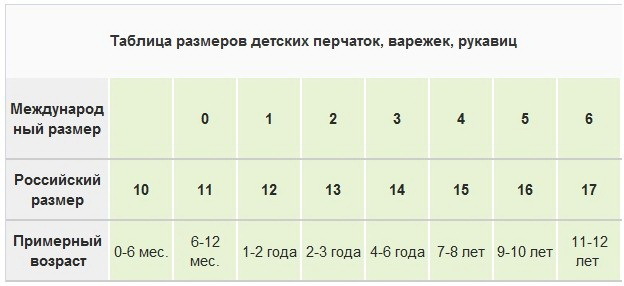
4 tips for choosing and buying children's gloves:
Tip #1. It is better to buy gloves for a child a little larger in size, but not by much: Children grow quickly, so even in a month your hand may not fit into what you bought back to back. But if they are too large, they will fly off the hand and will not be able to warm children's hands.
Tip #2. It is better for children under four years old to wear mittens: they provide better warmth and are better for developing fine motor skills at this age. Placing each finger in a separate “compartment” is irrational and prevents heat retention. For the little ones, you can purchase options even without a thumb compartment: This way the heat is retained better.
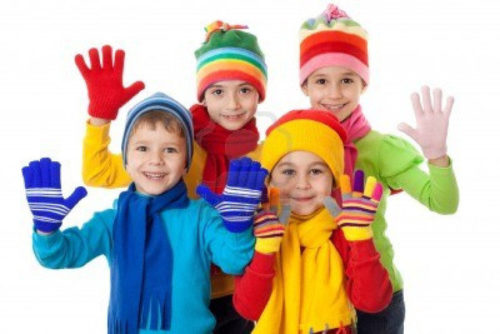
Tip #4. Gloves should cover most of the wrist, so that the skin between them and the sleeves is not exposed during active movements. Also, gloves that are too short often fall off, and a child may lose them due to carelessness.
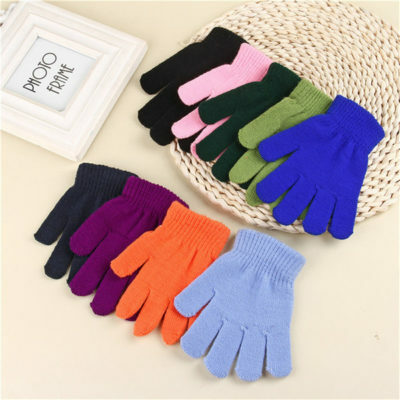
Tip #5. Despite the wide assortment in online stores, it is better to choose children's clothes in person and together with the child. Children are capricious, so you need to give them a choice in color or design, style, comfort, and only control their choice, based on the quality of the product and its cost.
In any case, trying on will help you choose the size more accurately than choosing at random.


 0
0
